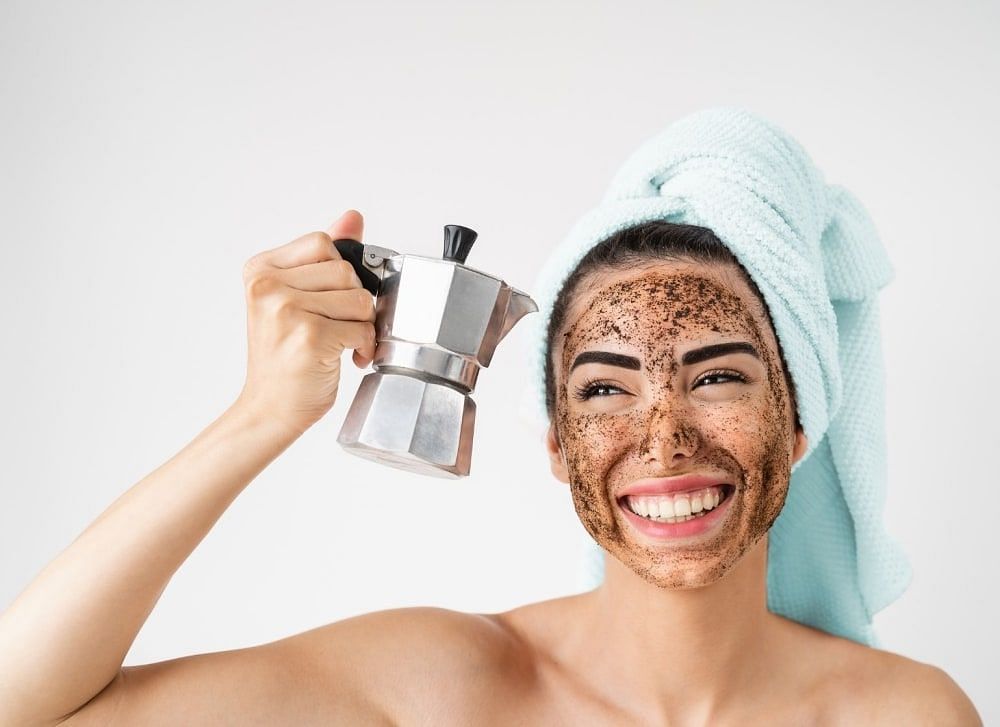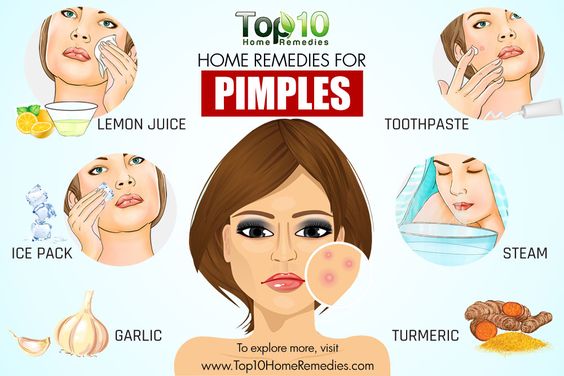There is some evidence that coffee may be beneficial for skin health. Coffee is a good source of antioxidants, which can help protect the skin from damage caused by free radicals. Free radicals are unstable molecules that can damage cells, leading to signs of aging and other skin problems. Coffee is also a good source of caffeine, which can help to improve blood circulation and reduce inflammation. This can help to improve the appearance of the skin and make it look more radiant.
How coffee can benefit your skin
Below are eight of the purported benefits that coffee may have for your skin, as well as suggested recipes for using them.
1. Cellulite reduction
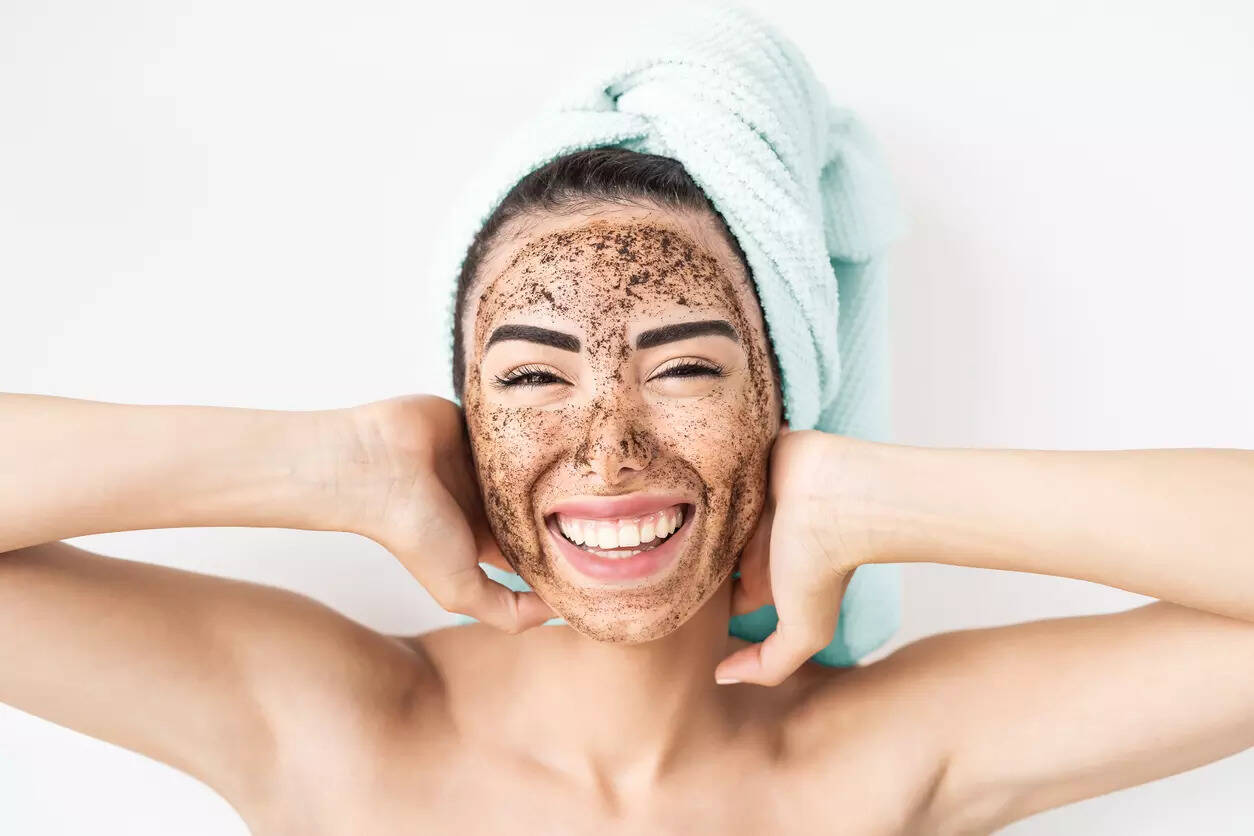
Coffee may help reduce the appearance of cellulite on the skin. It’s thought that the caffeine content in coffee is the key to cellulite reduction by dilating blood vessels beneath the skin and improving overall blood flow. In turn, this may help decrease the appearance of cellulite.
This skincare method is thought to best be used via a coffee scrub because the exfoliation can also smooth your skin and provide an even appearance.
2. Calming effects
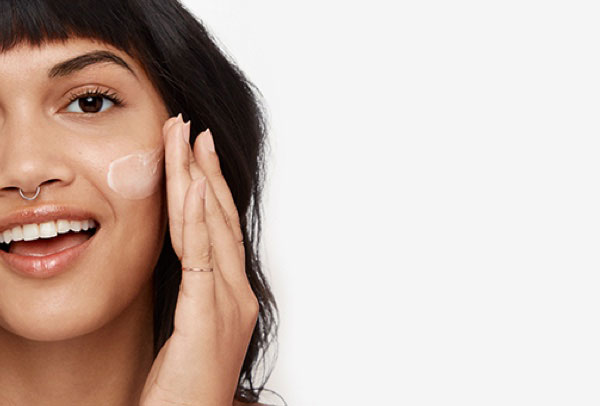
While coffee is renowned for its stimulating effects inside the body, it may provide the opposite effects when applied topically. This is thanks to the antioxidants in coffee.
3. Anti-aging benefits
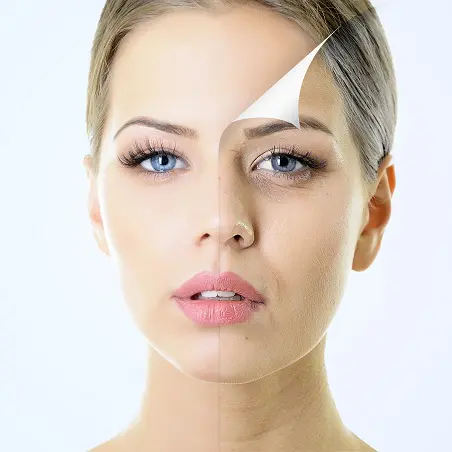
Applying coffee directly to your skin may help decrease the appearance of sun spots, redness, and fine lines. In fact, one study found a direct correlation between drinking coffee and a decrease in photoaging effects.
4. Vitamin B-3 for skin cancer
Coffee is a rich source of vitamin B3 (niacin), thanks to a breakdown of a key compound called trigonelline. However, trigonelline breaks down into niacin after coffee beans have been roasted. According to the Skin Cancer Foundation, niacin may be helpful in preventing nonmelanoma skin cancers and can possibly prevent other skin growths.
5. Reduced inflammation
Anti-inflammatory effects may be attributed to chlorogenic acid (CGA) as well as melanoidins in coffee. CGA is also linked to reducing hyperpigmentation that may have a connection with inflammation.
6. Acne treatment
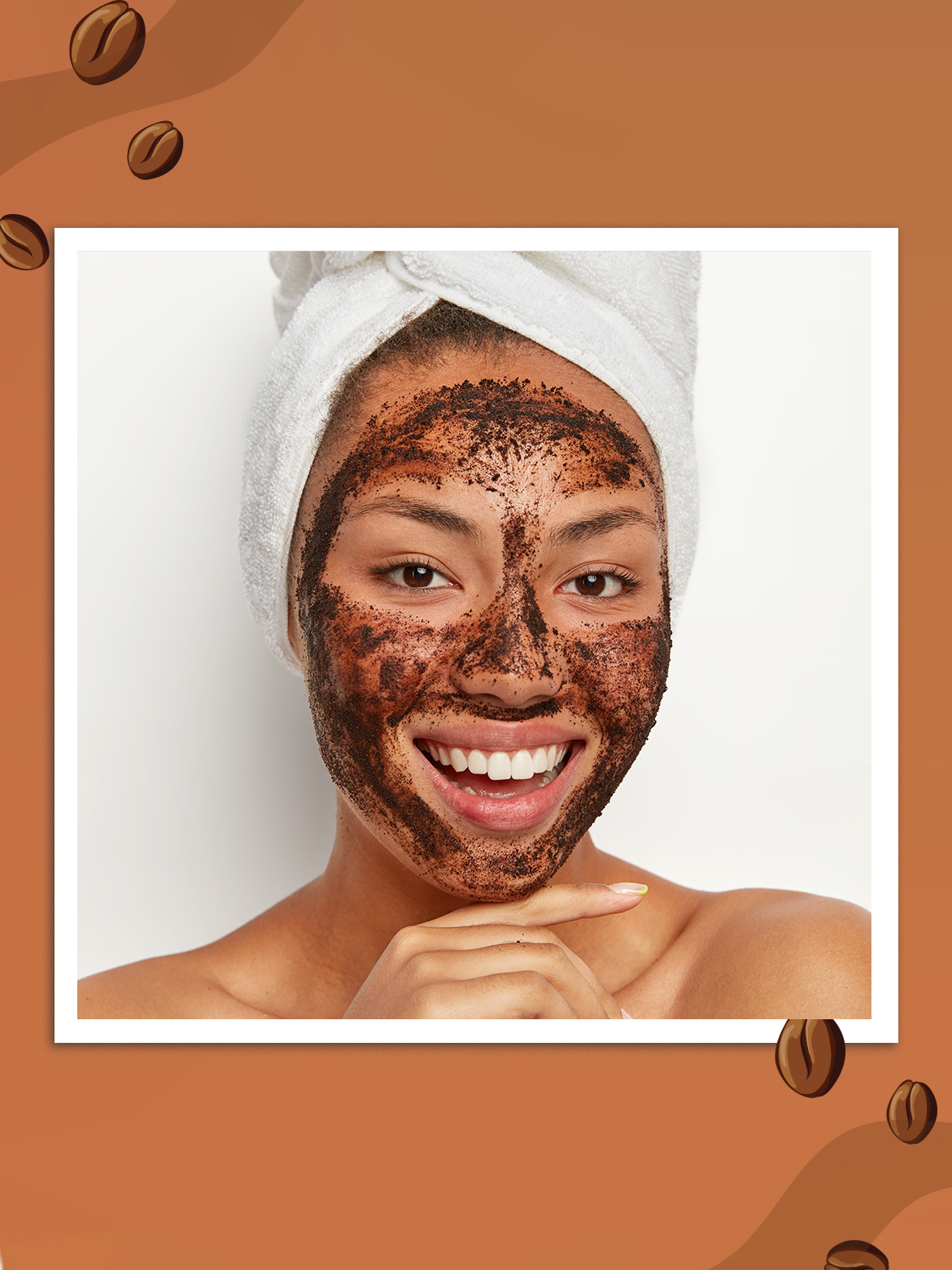
In the case of a wound or frequent skin infections, the regular use of coffee could help combat problems from harmful bacteria. The CGAs in coffee have both anti-inflammatory and antibacterial properties. Combined with the natural exfoliation of coffee grounds, all these benefits can collectively fight acne.
7. Dark circles
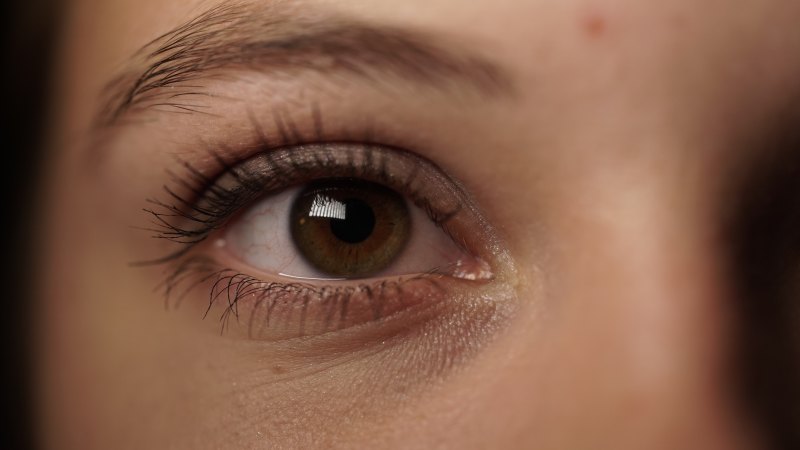
Coffee may also help treat stubborn dark circles under the eyes, according to Beverly Hills MD Cosmeceuticals. This is because the caffeine content in coffee is thought to help dilate blood vessels that contribute to dark circles.
To use coffee for dark undereye circles:
- Combine ½ tsp each of coffee grounds and olive oil. Add in a couple drops of water to make a small paste in your hand.
- Gently pat underneath your eyes without rubbing.
- Leave the mixture on for five to ten minutes.
- Rinse off with water or gently wipe the mask with a soft cloth. Repeat as often as needed.
8. After-sun care
The same anti-aging benefits from coffee can also be used for post-sun care. The key here is to make a soothing treatment that your sunburned skin will appreciate — not a mask or a scrub as you would for other skin ailments.
To make a coffee-based skin treatment for a sunburn:
- Brew a fresh cup of coffee. Then, dilute it with cold water.
- Place a soft cloth or a study paper towel in the water and wring out any excess.
- Gently dab the cloth on the affected areas of skin.
- Repeat several times a day until redness and swelling start to subside.
How to make a coffee face mask
There are many different ways to make a coffee face mask at home. The best way is to mix coffee grounds with a noncomedogenic ingredient (meaning it won’t clog your pores). Here’s one recipe to try:
- Mix together equal parts olive oil and coffee grounds.
- Apply to your face in a circular motion.
- Leave the mask on between 15 and 60 minutes.
- Rinse off with warm water. Repeat up to three times per week.
The bottom line
Coffee is a multipurpose product that can potentially offer a variety of skincare benefits. Still, it’s a good idea to follow up with your dermatologist if you’re not seeing the desired results after several weeks of treatment.
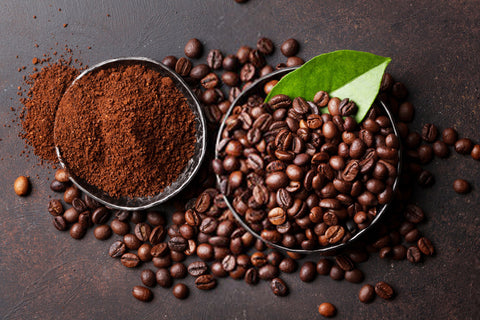
Be sure to give any new skin treatment at least a few weeks before moving on to another treatment, whether it’s coffee-based or not.
